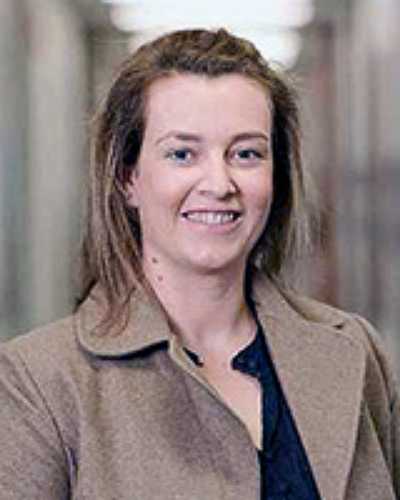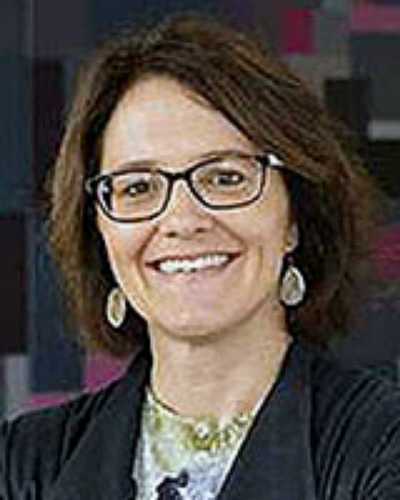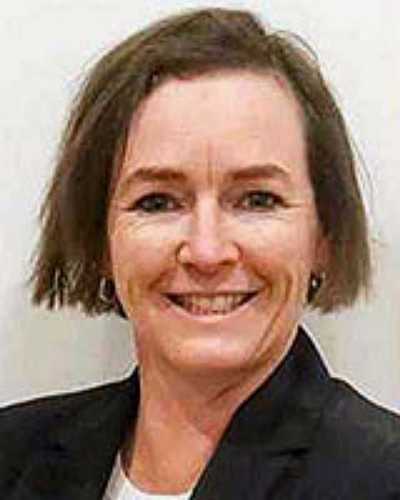Early Abstract:
Introduction: Rural longitudinal integrated clerkships (LIC) have been shown to graduate doctors who work rurally. The student selection and admission process to rural LICs is a relatively unexplored area. To address this knowledge gap, rural LIC graduate’s perception on participating in the program and the medical students most suited to the clerkship were explored. Enhanced understanding of selection and admission processes could provide procedures to optimise student success and well-being in rural training environments. Additionally, it could ensure student selection aligns with the program goal and build targeted strategies to select and train medical students for rural practice.
Methods: An exploratory qualitative study was undertaken. Participants were graduates of the Deakin University Doctor of Medicine degree who participated in the rural LIC and graduated between 2011-2020. Semi-structured qualitative interviews were undertaken, and reflexive thematic analysis was employed.
Results: A sample of 39 graduates participated. Two main themes were identified: selecting and selection. The why (selecting) referred to perceptions on clinical school preferencing decisions, with associated sub-themes of being at the centre, aspiration, size matters, and being disrupted. The who (selection) referred to the type of student most suited to thrive in the clerkship, with associated sub-themes of adaptive learner, relationship builders, harnessing life experiences, and familiarity with rurality.
Conclusion: The linking of the why and the who has the capacity to ensure that the most suitable students are selecting and selected to undertake a rural LIC. This has benefits for students’ personal learning, but also for medical schools with an interest in building effective training models that integrate selection policies with intended outcomes of the program, which is often to graduate doctors who work rurally.
Keywords: longitudinal integrated clerkship, medical education, medical student, qualitative research, rural immersion, rural medical workforce, selecting, selection.




